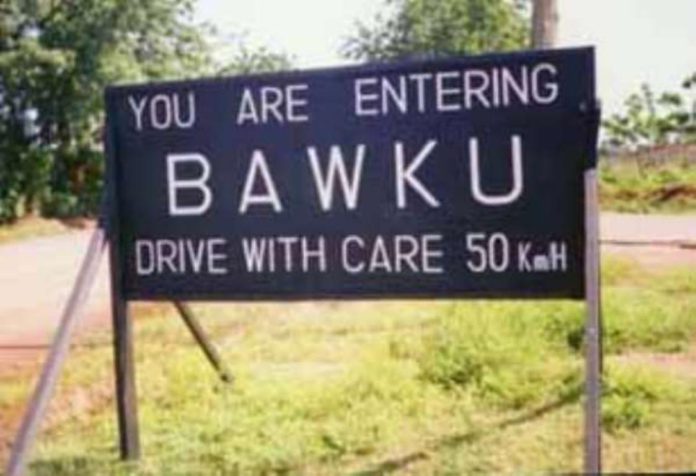As violence and tensions continue to disrupt life in Bawku, a comparative look at the Alavanyo-Nkonya conflict offers valuable insights into how communities and the media can work together to build lasting peace.
The Alavanyo-Nkonya conflict in the Volta Region dates back to the early 1900s, rooted in a land dispute between the two neighbouring ethnic communities.
The situation escalated in the 1990s and 2000s, resulting in repeated clashes and loss of lives.
In contrast, the Bawku conflict in the Upper East Region is driven by both chieftaincy and ethnic tensions, mainly between the Kusasis and Mamprusis.
This conflict has seen multiple flare-ups, often accompanied by violence, displacement, and instability — and the media has played very different roles.
In Alavanyo-Nkonya, state-owned newspapers such as the Daily Graphic and Ghanaian Times were instrumental in promoting peace.
They provided accurate information, published peace messages, collaborated with local leaders, and highlighted early warnings to prevent violence. Their efforts elevated the conflict to national attention and encouraged collective action.
However, in Bawku, local radio stations have come under fire for spreading hate speech and inflaming tensions. The National Media Commission (NMC) has issued warnings to media outlets accused of inciting violence rather than promoting unity.
Unlike Alavanyo-Nkonya, there has been limited focus on using the media as a peacebuilding tool in Bawku.
Community action made a significant difference in Alavanyo-Nkonya. Traditional rulers, elders, and youth groups formed peace committees, participated in peace education programs, and launched initiatives — sometimes supported by citizens abroad — to mediate tensions and build trust.
In Bawku, however, the path forward still depends on what the people choose to do. Community members, youth leaders, chiefs, and influencers must actively promote dialogue over violence.
They need to challenge false narratives, reject incitement, and push for peace initiatives within their communities.
The Alavanyo-Nkonya experience provides a blueprint for Bawku:
Media Use: Train and encourage the media to focus on accurate, peace-centered reporting.
Community Involvement: Establish peace committees involving youth, women, chiefs, and elders.
Dialogue: Create consistent opportunities for community-level peace talks.
Youth Engagement: Empower young people to reject violence and lead peace campaigns.
Traditional Leadership: Ensure chiefs remain neutral and serve as facilitators of peace, not partisans in conflict.
It must be noted that the role of the media in conflict can be double-edged — it can either ignite tensions or heal divisions.
In Alavanyo-Nkonya, responsible journalism contributed significantly to calming tensions and building national awareness.
In Bawku, the media must shift toward peace journalism — reporting that unites rather than divides. This includes rejecting inflammatory language, correcting misinformation, and prioritizing sensitivity in conflict reporting.
But the media cannot do it alone. Peace must begin with the people. Citizens must take ownership of the situation by promoting interethnic dialogue, rejecting violence, supporting peace campaigns, and working with institutions to ensure safety and stability.
As the Alavanyo-Nkonya story shows, peace is possible — but only when both the media and the community work together with a shared commitment to reconciliation and healing.
Bawku’s future depends on this choice.
Author:
Dr. Sadiq Adu-Twum
Lecturer, Pentecost University (Department of Communication Studies) and Research Fellow, West Africa Centre for Counter-Extremism.

